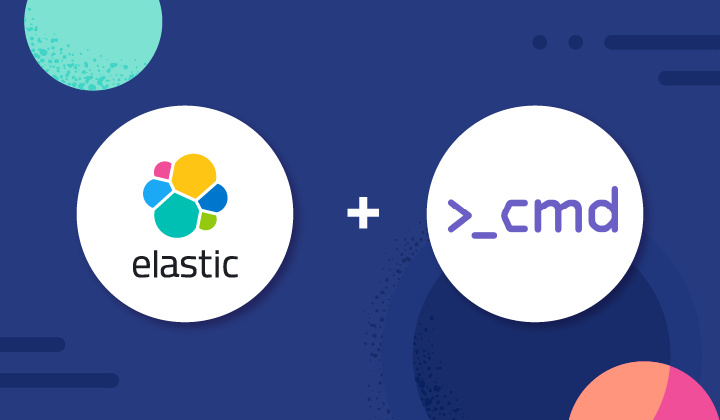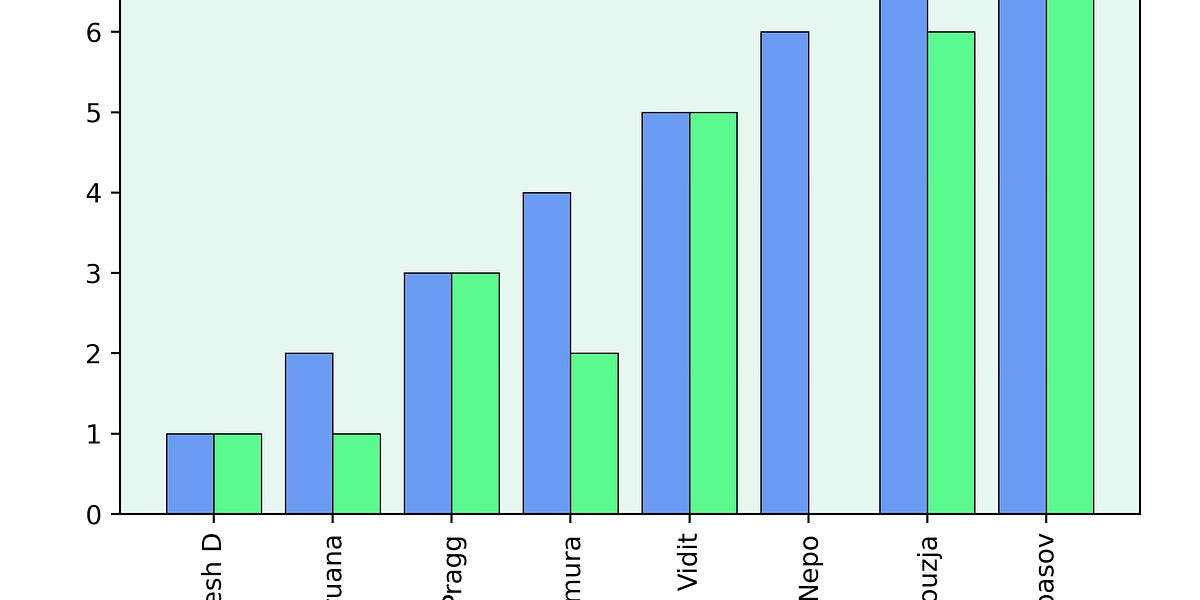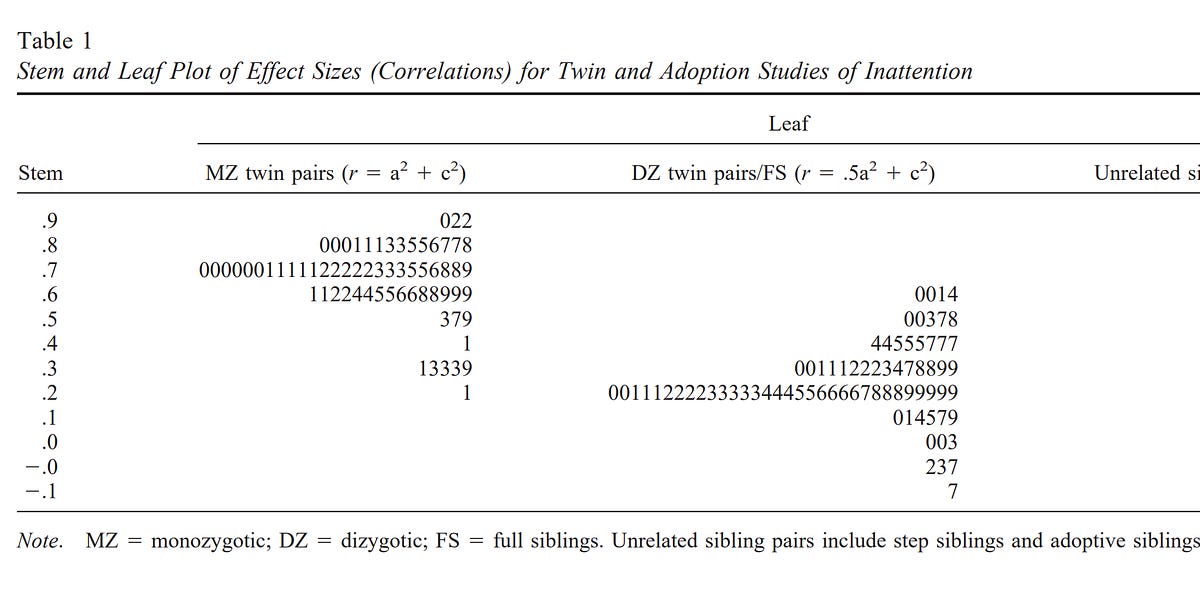
Whitepaper: Introduction to eBPF and XDP support in Suricata
eBPF and XDP support is one of the latest evolutions of the Suricata engine’s performance capabilities. These two technologies have been introduced recently for the Linux kernel and Suricata is one of the first well established and mature projects to make use of them. eBPF was introduced in the Linux kernel to be able to run user provided code safely inside the Linux kernel and XDP is running eBPF code on the network data path, as close as possible to the Network Interface Card.
The initial support for eBPF and XDP was initially available in Suricata’s 4.1, released in November 2018, and it has been greatly enhanced in Suricata 5.0. The development team at Stamus Networks, lead by Éric Leblond, has been the primary developer of eBPF and XDP support within Suricata. The latest additions, list of features and potential use cases enabled by eBPF and XDP are becoming more significant, even vital, making this an opportune time to provide a high level overview for the community. This is the purpose of this article written by Éric Leblond and Peter Manev.
Stamus Networks has created a Network Traffic Analyzer (NTA), which uses network communications as a foundational data source for detecting security events, and married it with an Intrusion Detection System (IDS), which provides deep packet inspection of network traffic using a rules based engine. The combination of these two approaches, done simultaneously in a single solution, provides a level of correlated data never previously achieved. We then added a Threat Hunting interface to allow security practitioners the ability to quickly and efficiently search through this security data to examine, validate, and resolve the security incidents that they face on a daily basis.





















